9.1: Sedimentary Depositional environments
1/23
There's no tags or description
Looks like no tags are added yet.
Name | Mastery | Learn | Test | Matching | Spaced |
|---|
No study sessions yet.
24 Terms
State and describe the two types of Landscape
Erosional Landscapes - generated by uplift, weathering and erosion
Depositional landscapes - generated by subsidence and deposition of sediment, also known as sedimentary environments
Depositional landscapes are…
dominated by subsidence and deposition
low areas, either flooded by the lakes or sea, if they havent been filled with sediment
very flay (little relief) if they have been filled up with sediment
characterised by bedrock buried under 10 to 100s m of sediment
Where does deposition happen?
the space in which the sediment is deposited is reffered to as “accommodation” and is generated by subsidence
long term storage of sediment occurs in sedimentary basins
→ the subsidence of the sedimentary basin also ensures burial of the sediment with later sedimentthis burial takes the sediment to higher pressures and temperatures, where it can also be converted from sediment into a sedimentary rock
distribution is in areas where there is potential to accumulate sediment long-term - other areas are actively uplifting, or are still “high”

What controls deposition?
Deposition is governed by dynamic equilibrium between:
The amount of sediment delivered
the amount of space available for deposition
Erosion is driven mainly by fluvial processes, but also by glacial and wind processes, especially in high areas
When rivers enter a sedimentary basin, they begin to deposit sediment to fill the available space:
if space > sediment, all sediment is deposited
if space < sediment, excess sediment continues downstream to areas with space
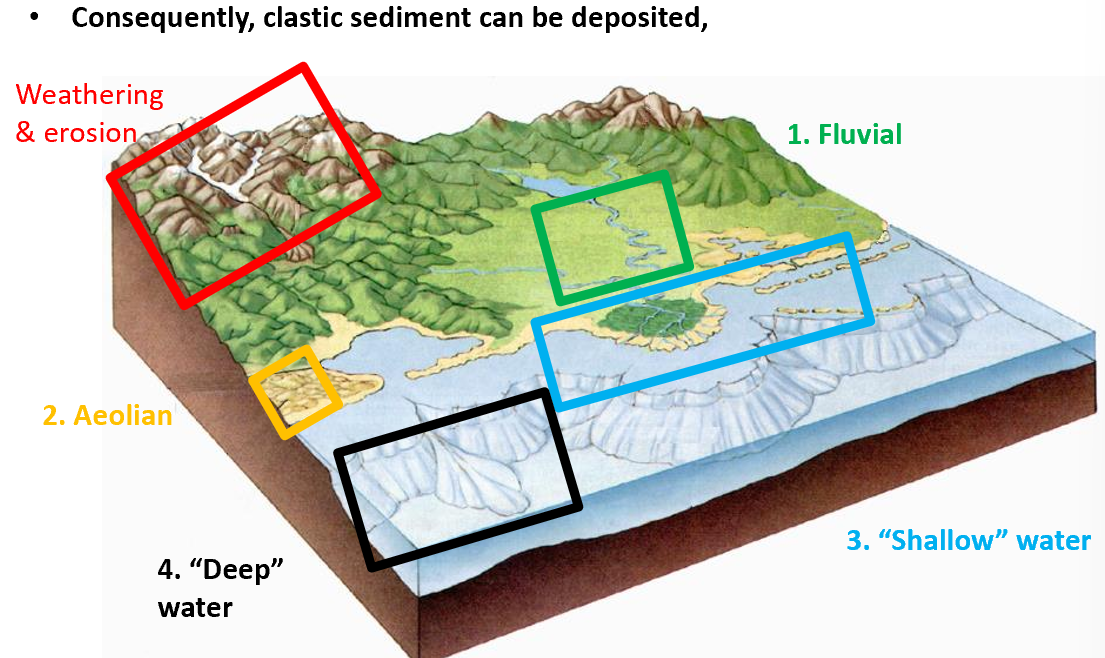
Fluvial systems: Flood Plains

Fluvial systems: Crevasse splay
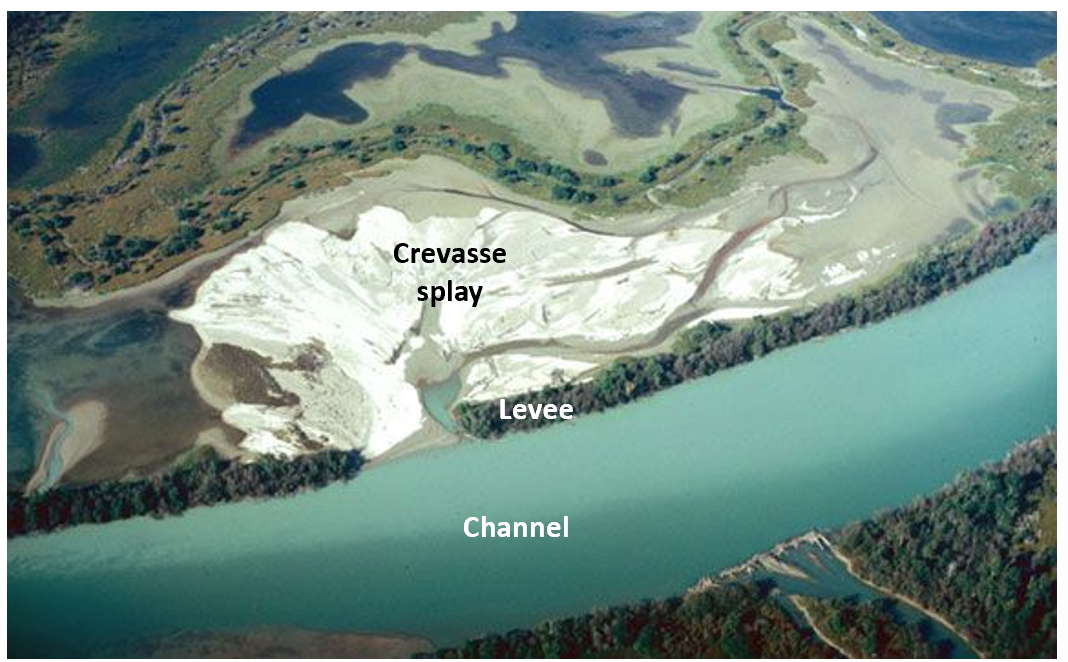
Shallow marine environments
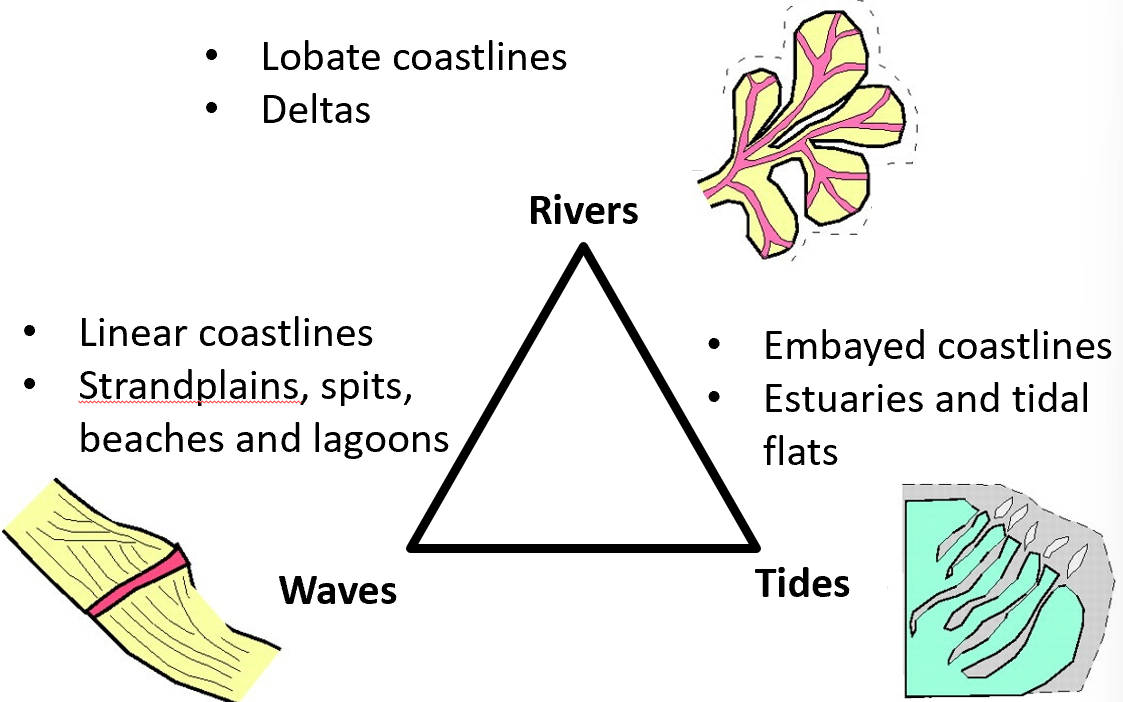
River dominated systems: deltas
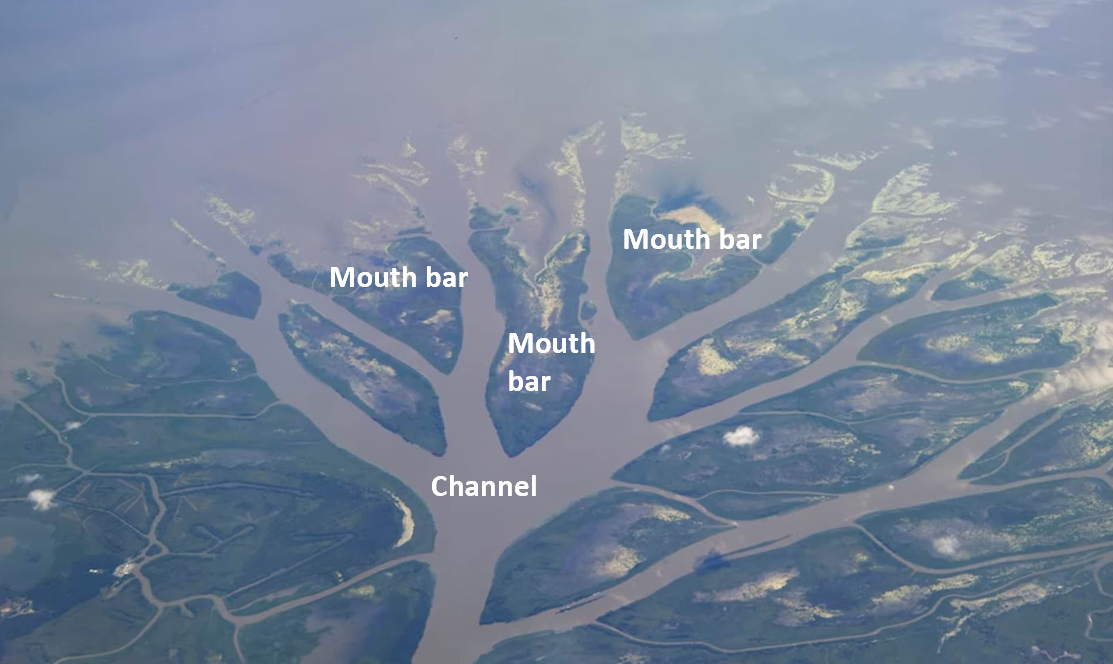
Wave dominated systems: linear shorefaces
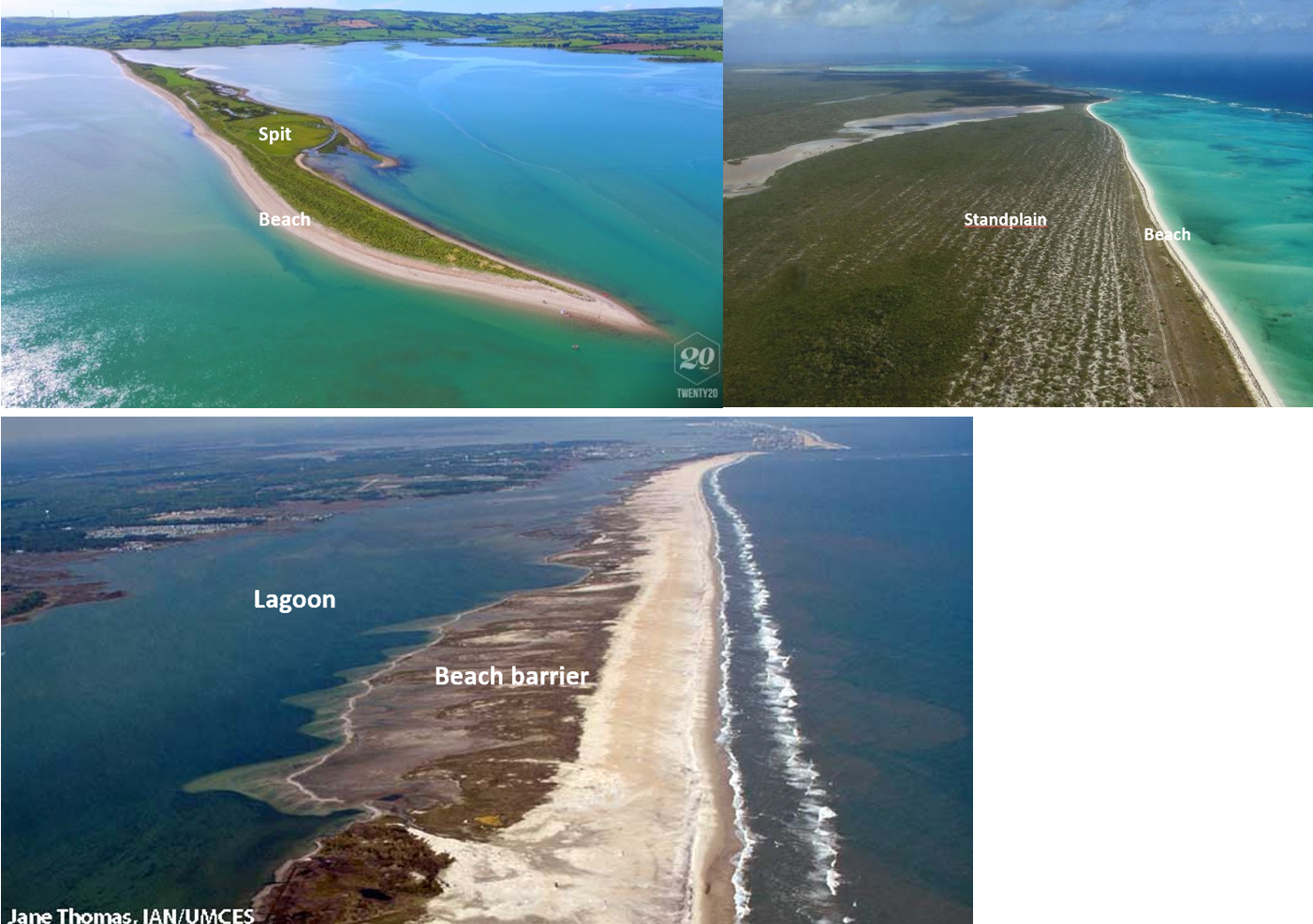
Tide dominated systems: estuaries

What are continental shelves?
Flat areas of continental crust that are flooded by the sea, they are separated from low-lying Oceanic Crust by steeper slopes
e.g. Bathymetry of the North Gulf of Mexico
Continents are surrounded by marine shelves, they can be narrow or wide
How does sediment reach deep water, and what triggers landslides there?
canyons can cut back from the ocean floor through the continental shelf, allowing them to tap sediment directly from deltas or shorefaces
landslides in deep water are triggered by:
→ Earthquakes
→ Oversteepening of deposited sediment
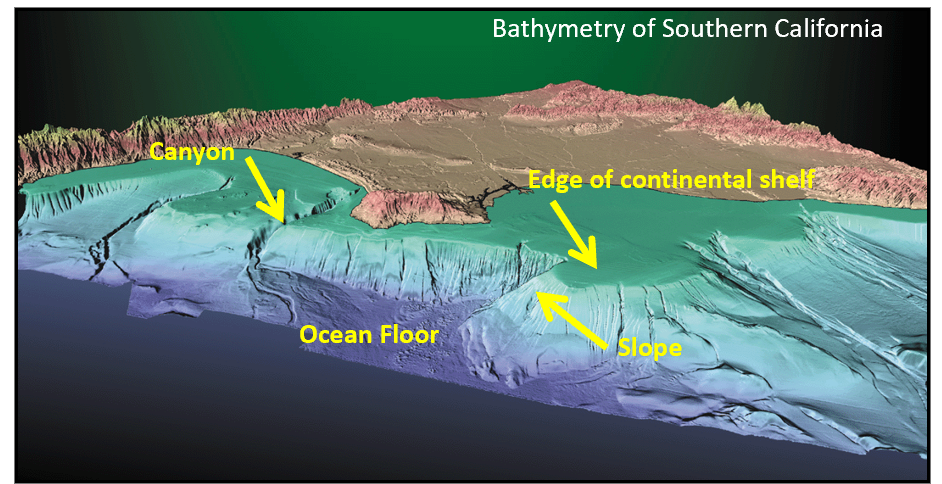
What causes debris flows and turbidity currents, and where do they occur?
Caused by dense mixtures of sediment and water that are heavier than seawater
Move due to graviatational potential
Occur on land and underwater, if:
→ The slope gradient is steep enough
→ The sediment concentration is high enoughOn land, turbidity currents are typically volcanic and called Pyroclastic Flows
Clastic depositional environments in deep water
submarine fans are the largest sedimentary deposits on earth
they are the final resting place for any particle that has been eroded from a higher area
the process occuring in these deep water conditions were a mystery until very recently
they pose a major risk to submarine infrastructure
e.g. bay of bengal fan underneath india
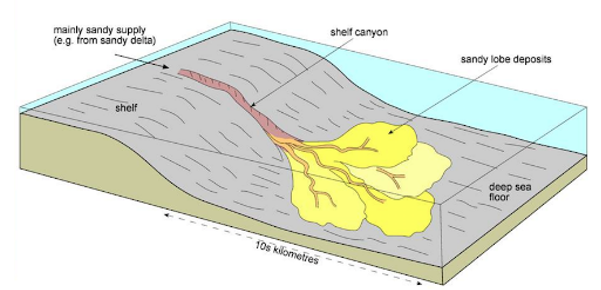
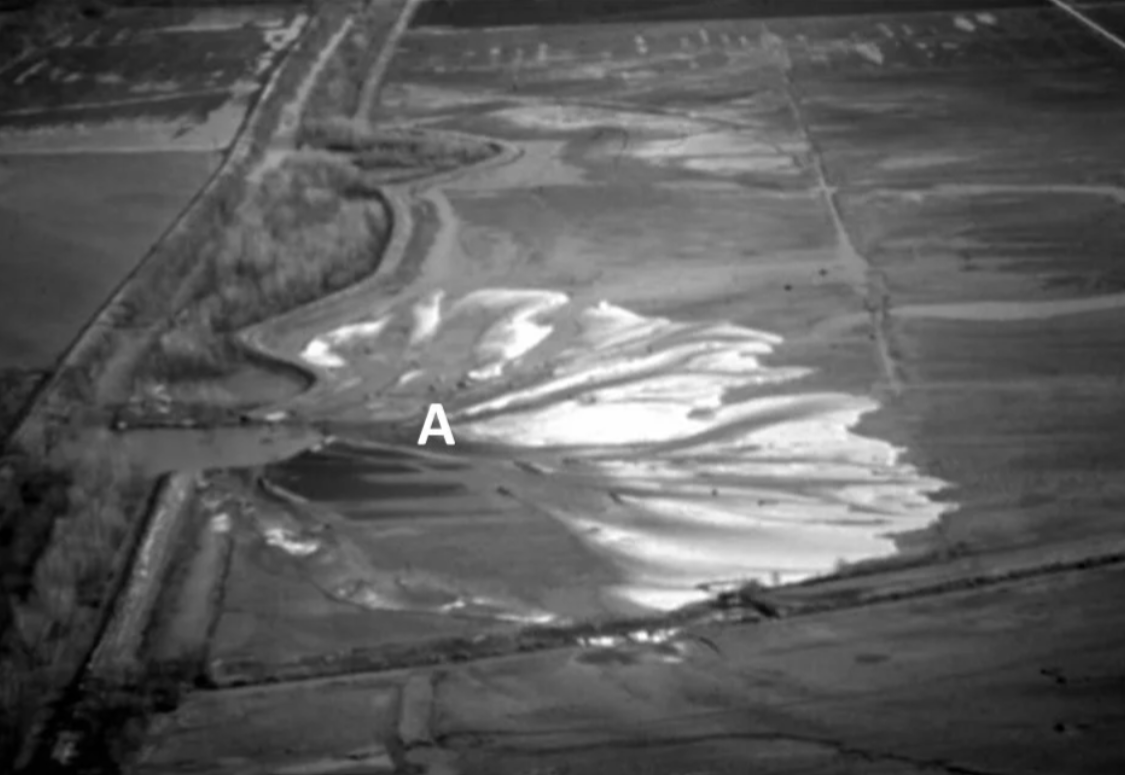
What is this?
Crevasse splay

What is this?
Lagoon

What is the dominant transport mechanism for sediment here?
Fluvial flow
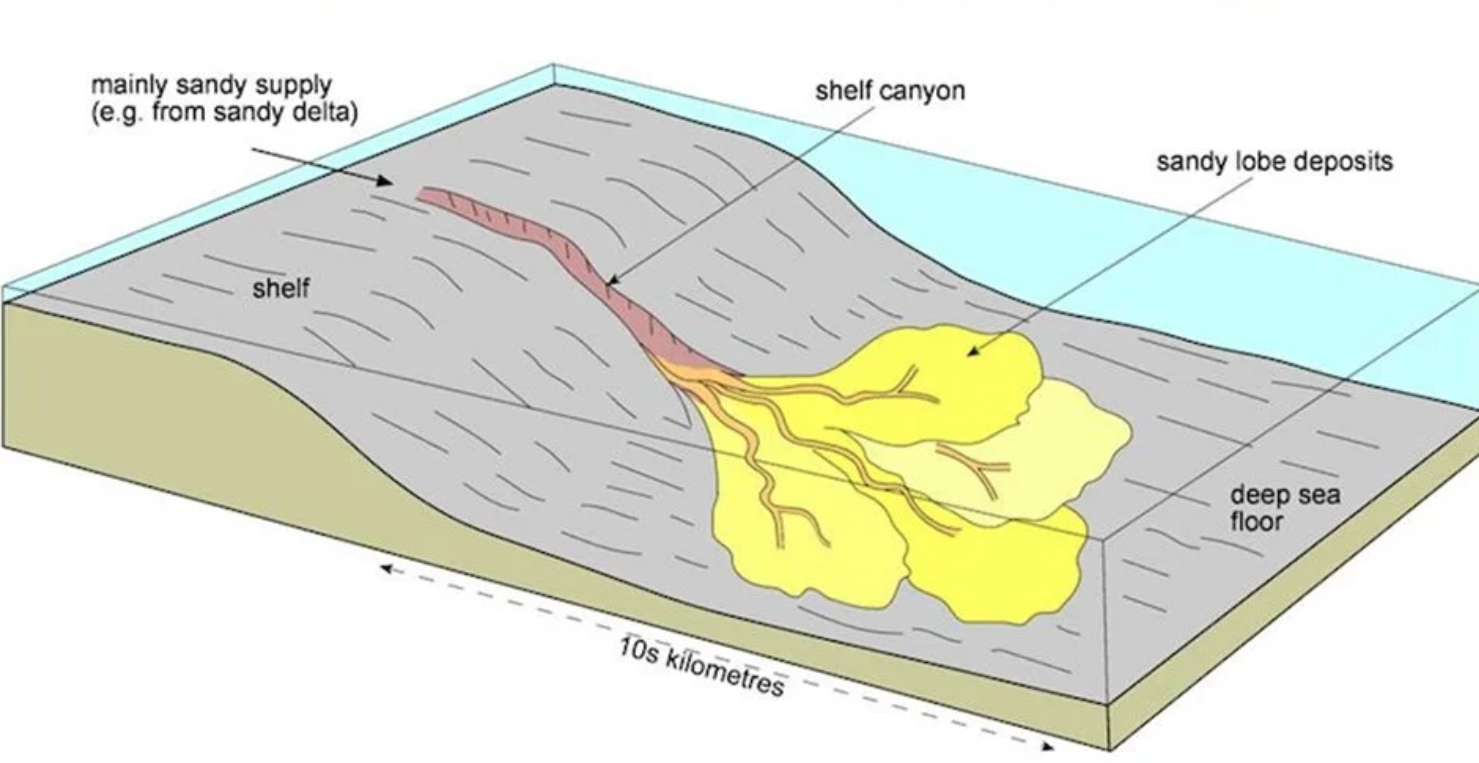
What is this a sketch of? What is the dominant sediment transport mechanism in this setting?
Submarine fan, Gravity processes
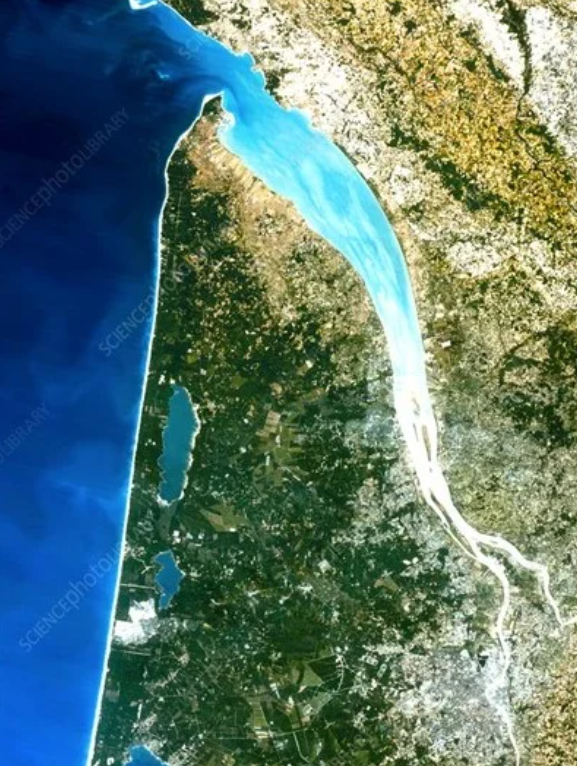
What are the two main sediment transport mechanism here?
Wave activity and tidal processes
Where are organic-rich muds most likely to accumulate?
Along continental margins where cool waters upwell
Which of the following promotes carbonate productivity?
Warm water
Which of the following inhibits evaporite deposition
well mixed ocean
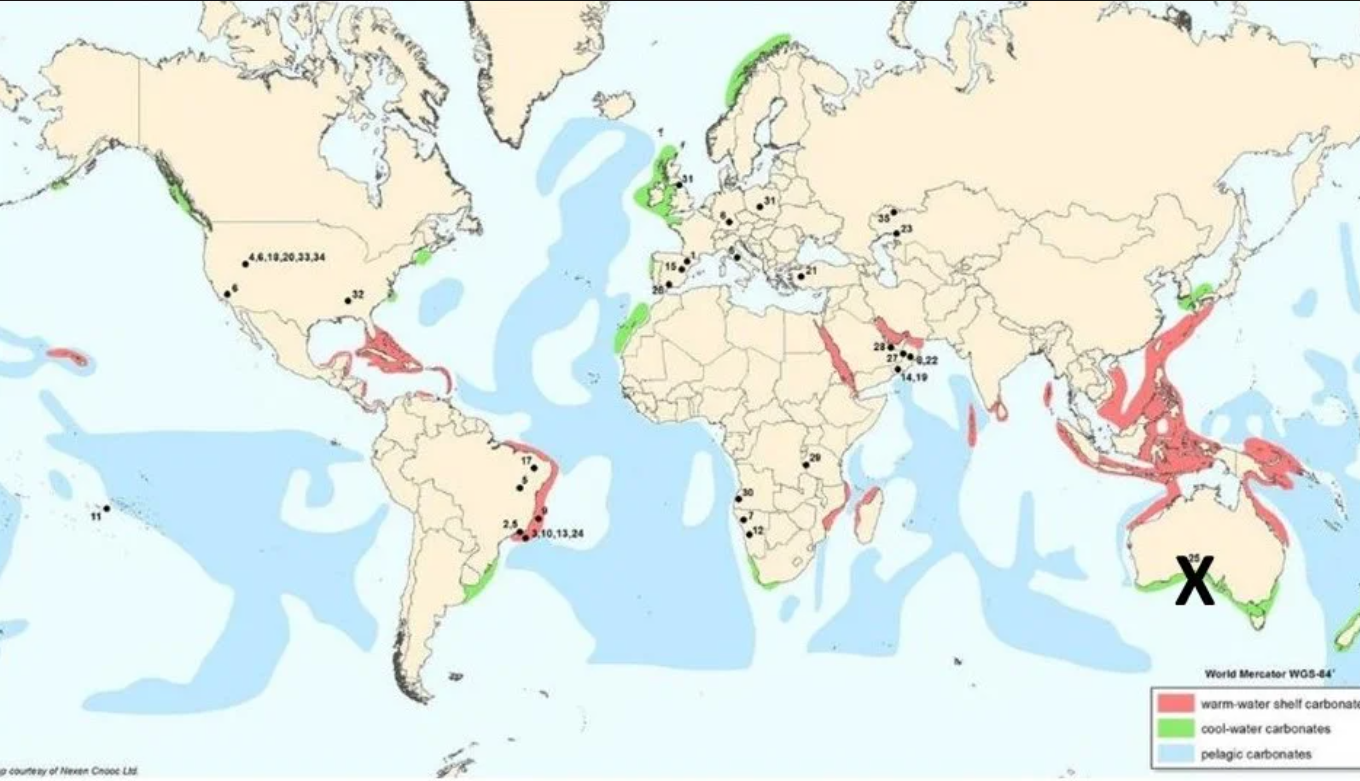
Which kind of carbonate system would you expect in X
Ramp
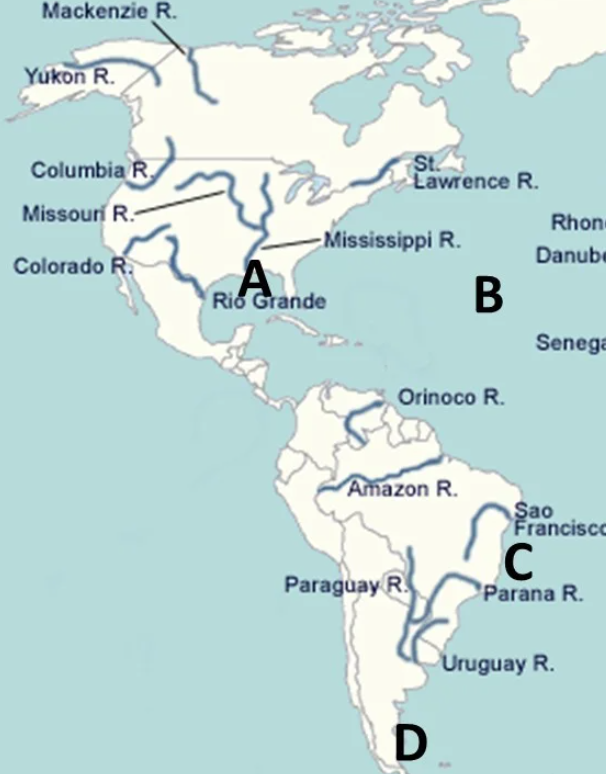
At which of the following would you expect the highest rates of carbonate productivity?
C: Brazilian Atlantic margin